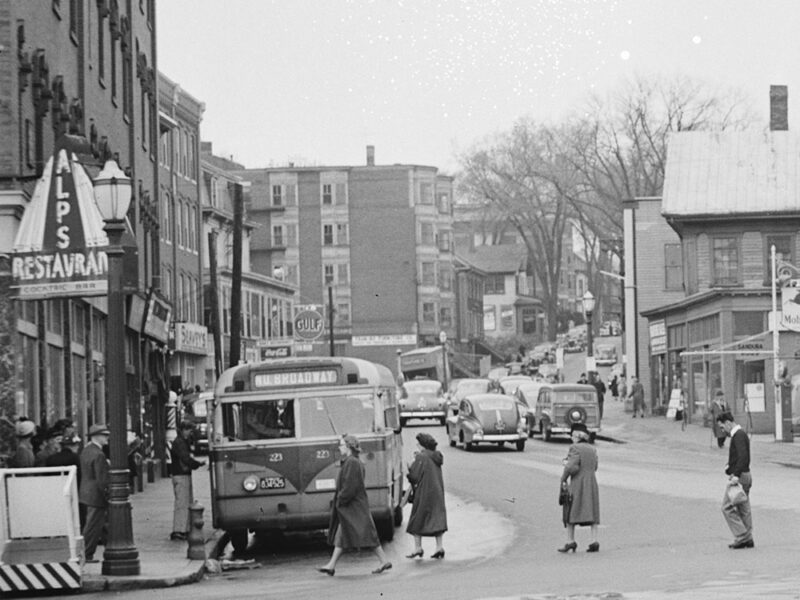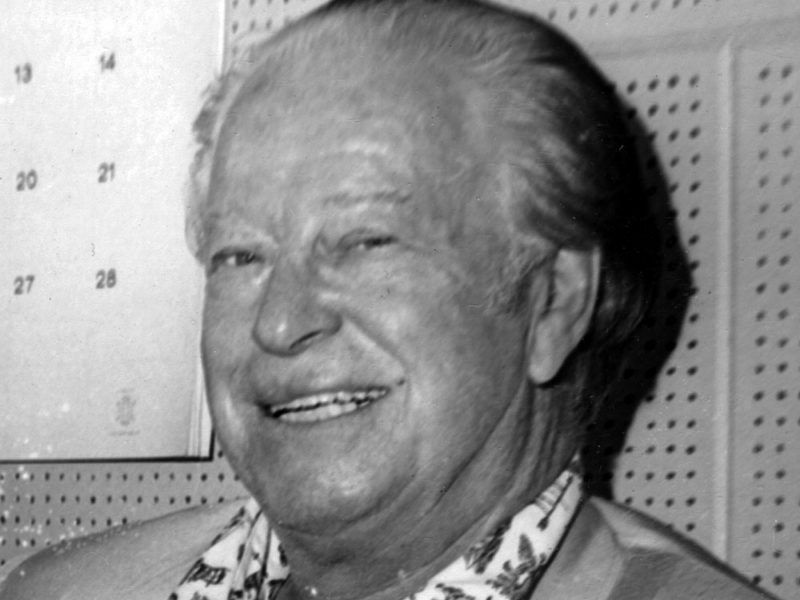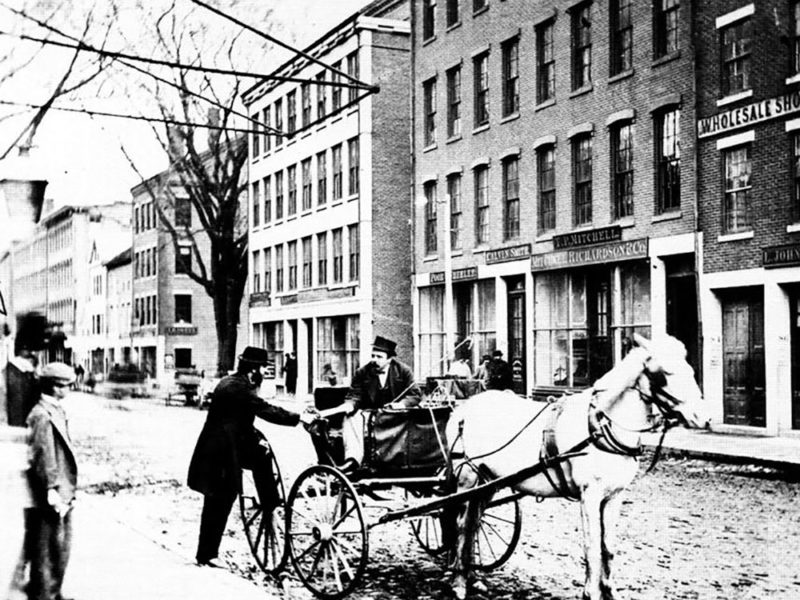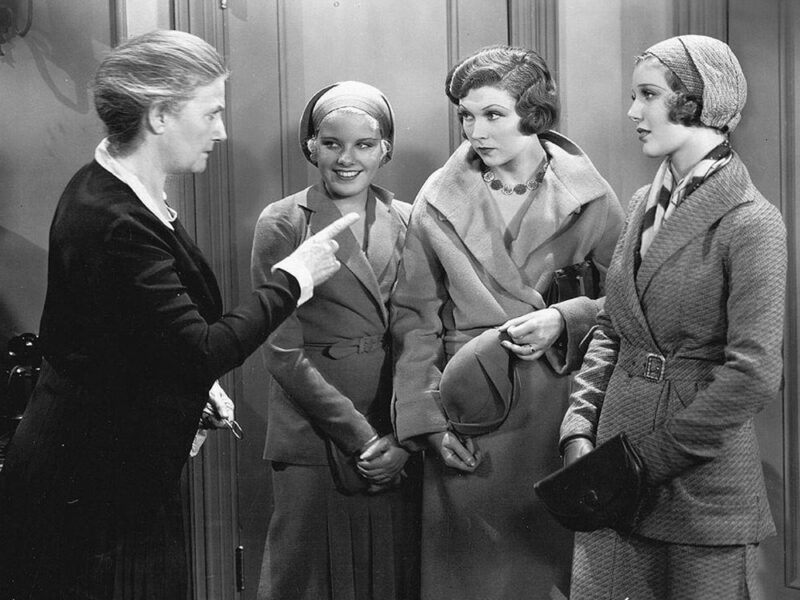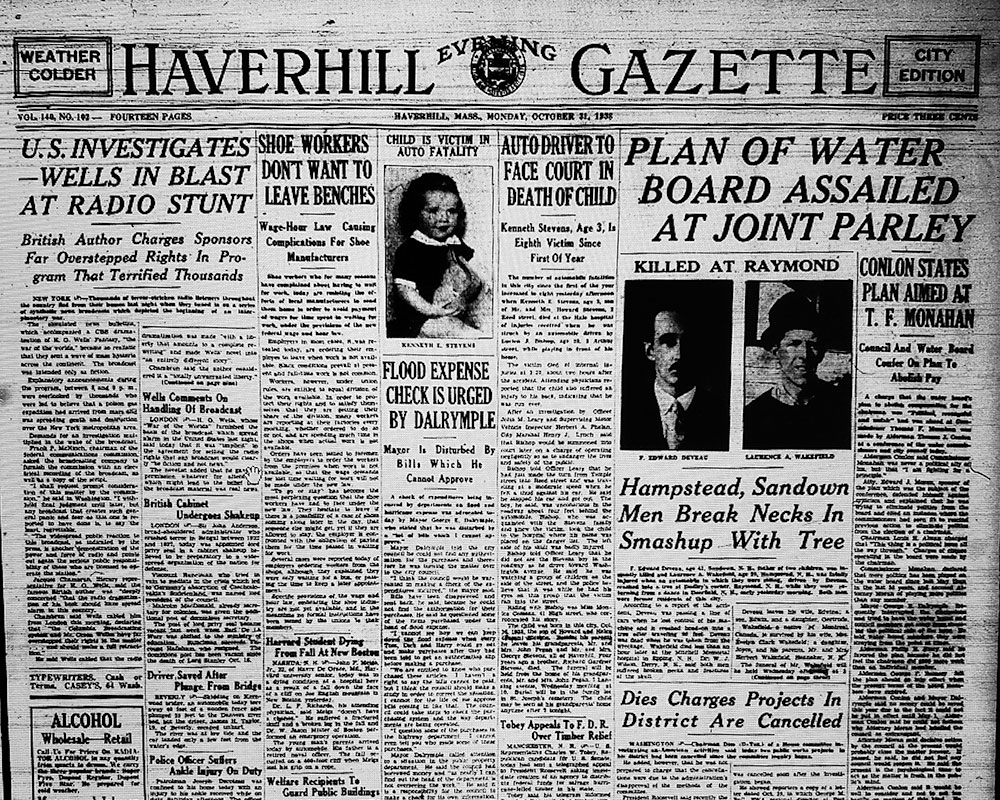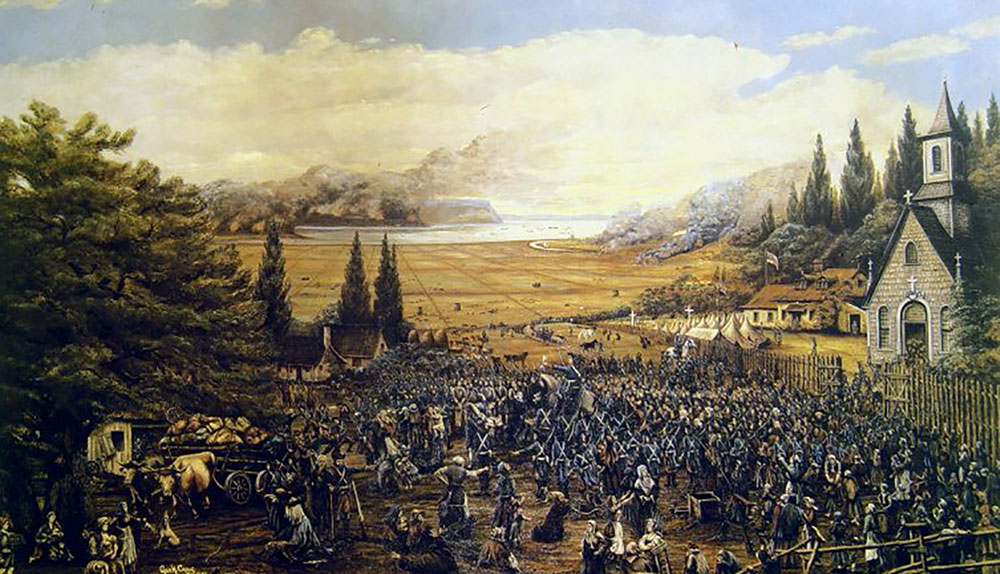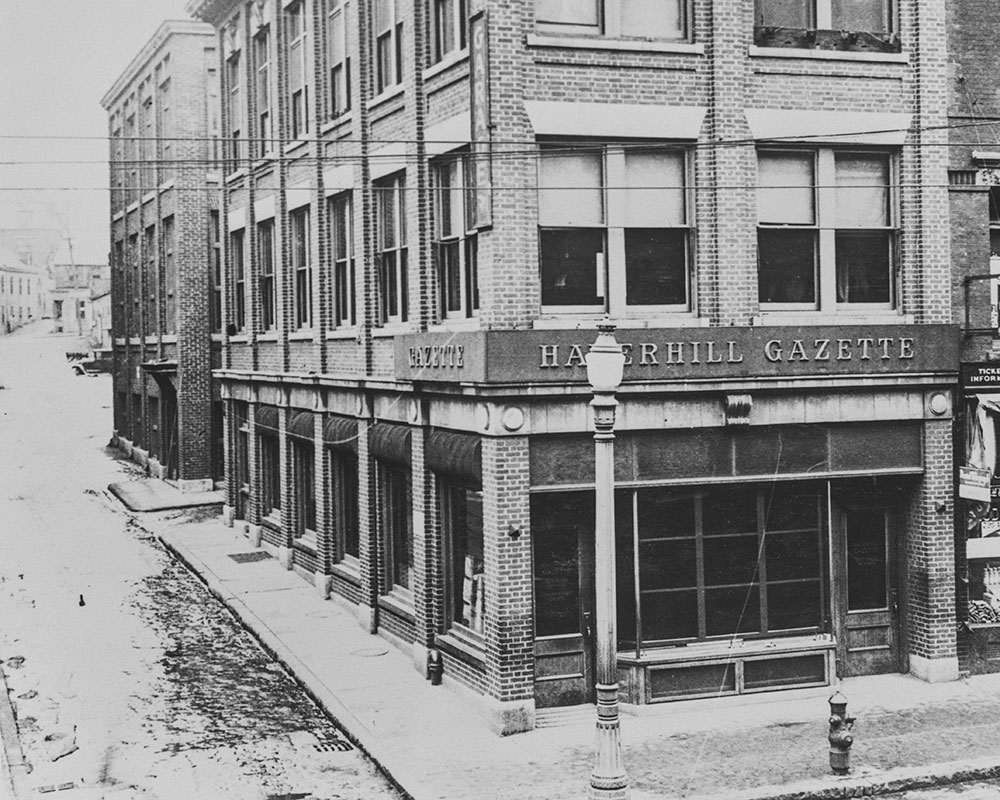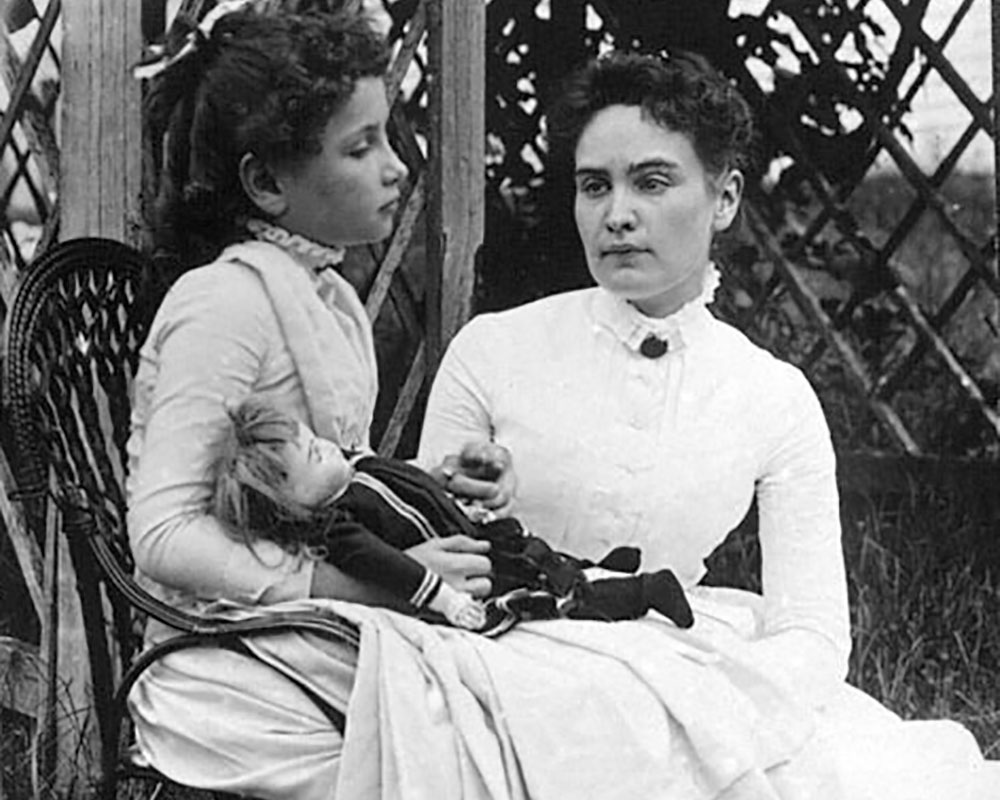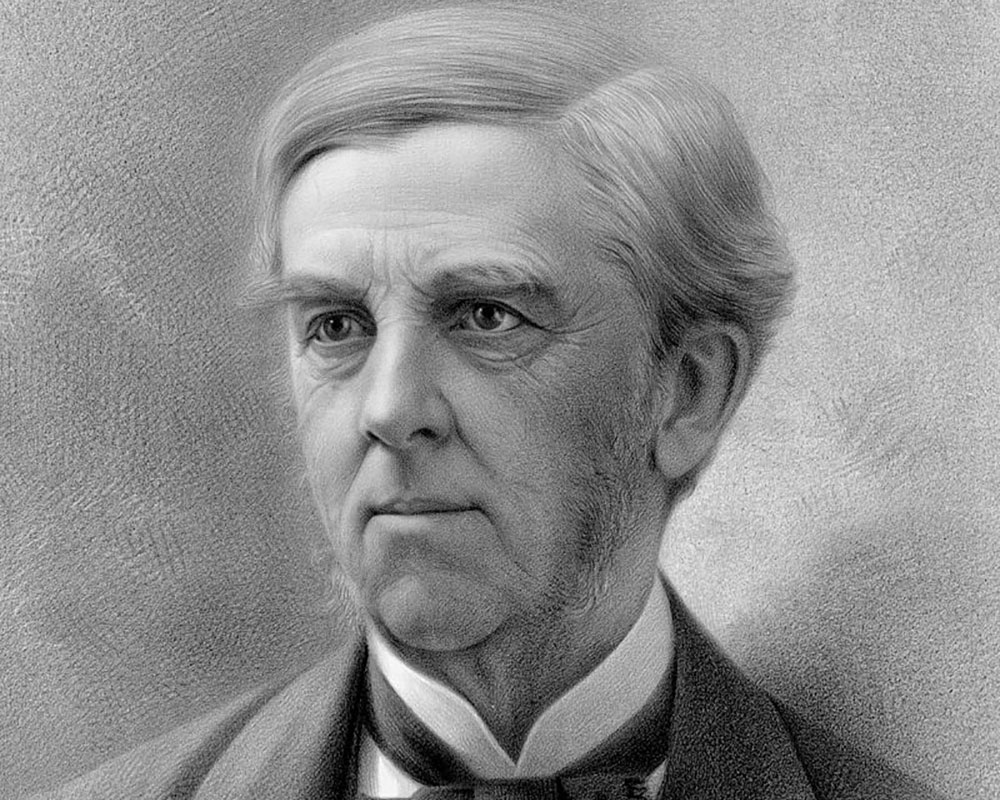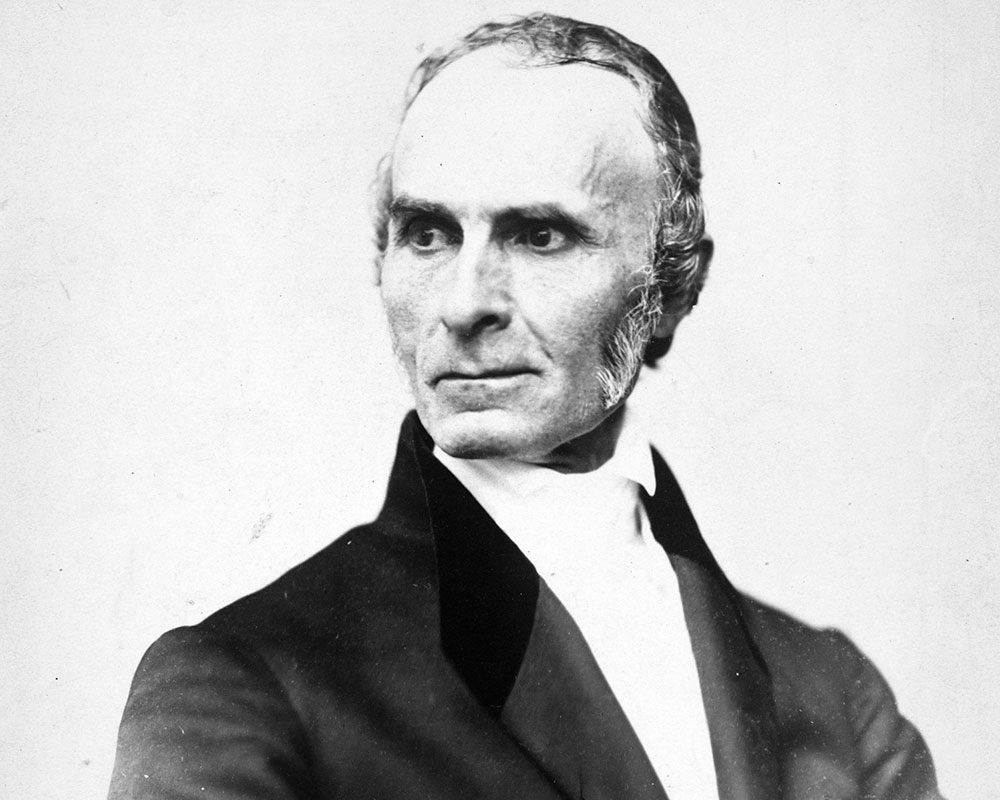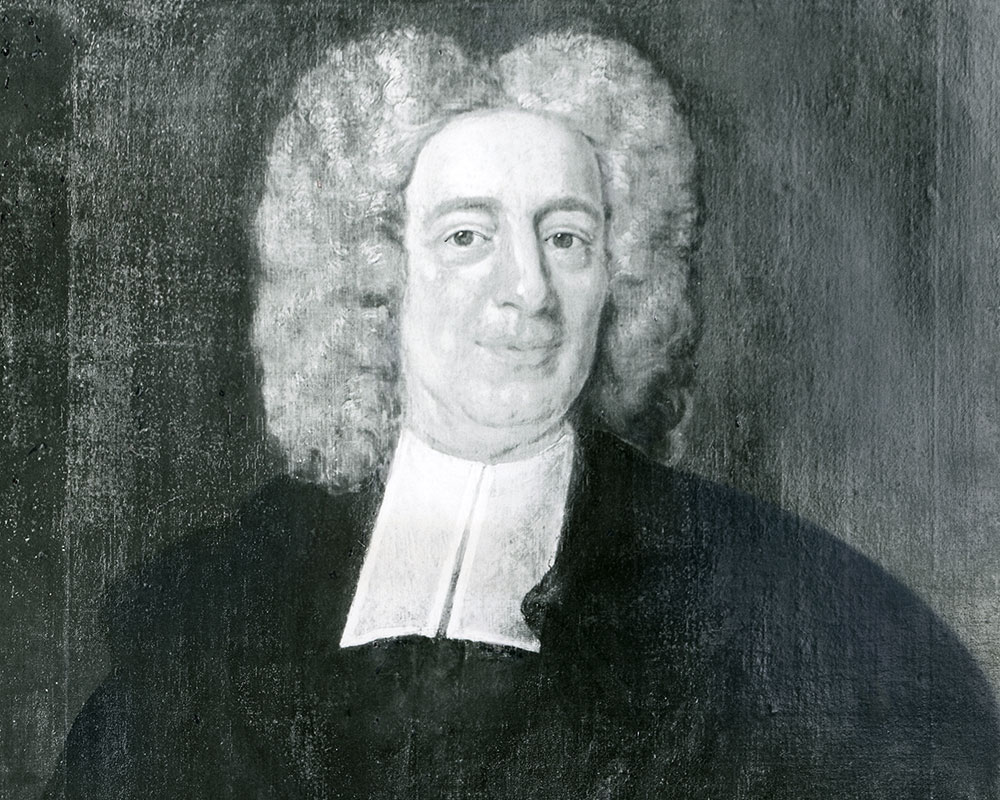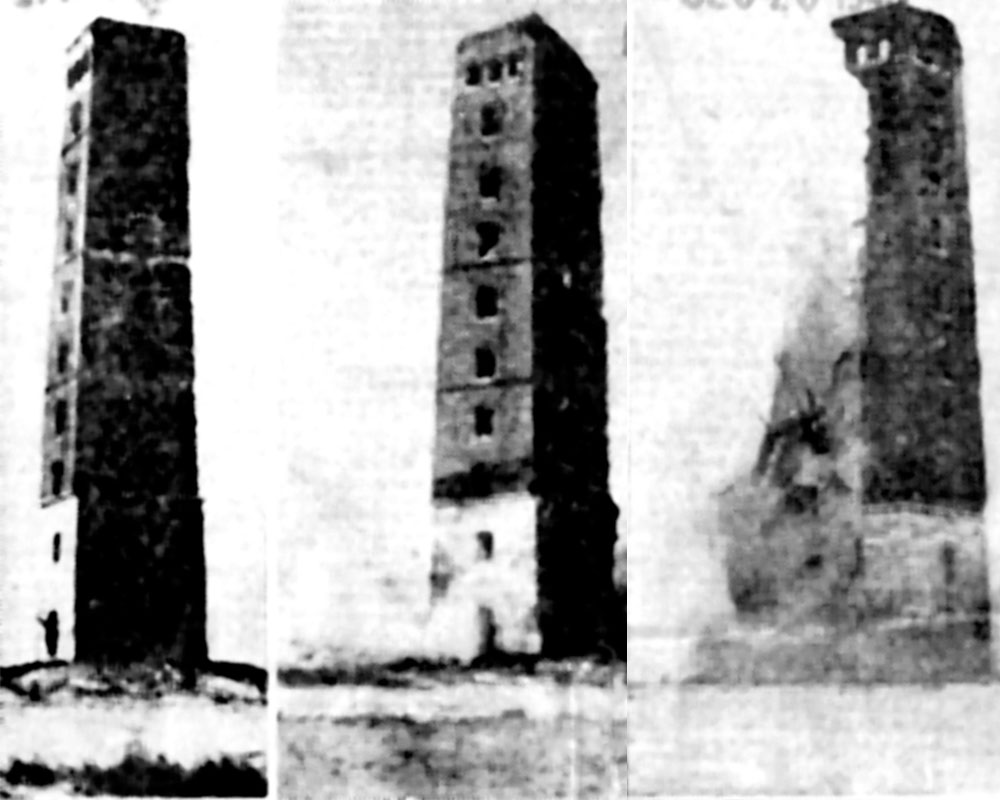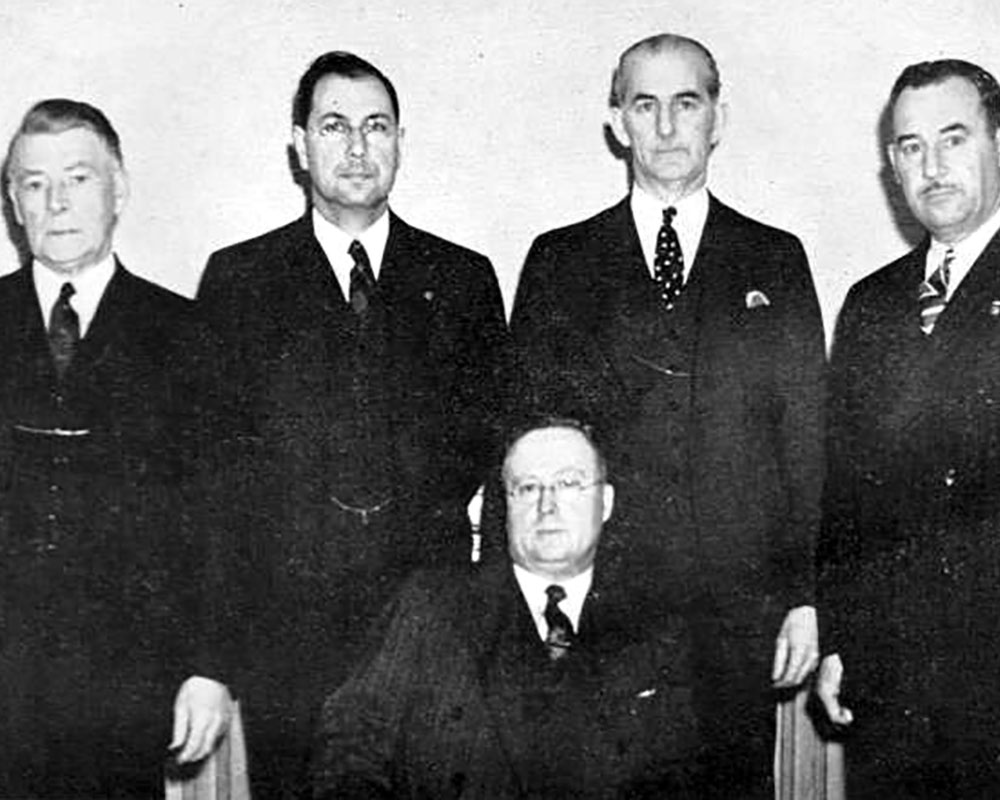‘Music as You Ride’ Fails to Save Original WHAV-FM in 1952
Editor’s note: A version of this story originally appeared in a WHAV newsletter May 17, 2010. Additional photograph below. The original FM incarnation of WHAV was a relatively short-lived affair of about only four years. It was conceived under difficult circumstances, lived in painful agony and died in part because of complaints from, of all people, bus passengers. WHAV FM was supposed to be Haverhill’s first radio station and would have been one of the first FM stations in the northeast.
